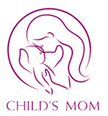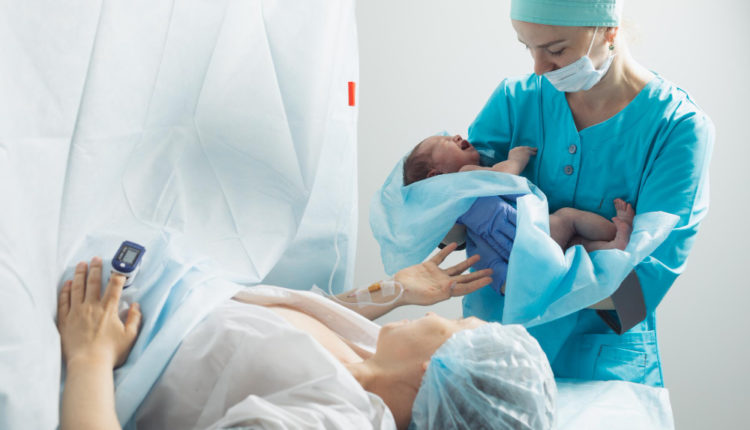Preeclampsia is a medical condition characterized by high blood pressure during pregnancy. While it typically occurs during pregnancy, it’s essential to be aware that preeclampsia can also develop after childbirth, posing potential risks to mothers’ health. In this article, we’ll delve into the causes, symptoms, risk factors, diagnosis, treatment, and prevention of preeclampsia after birth. We will also discuss its impact on future pregnancies, emotional well-being, support systems, dietary and lifestyle changes, potential complications, and share real-life case studies. Let’s explore this important topic to ensure the well-being of postpartum mothers.
Causes of Preeclampsia After Birth
Preeclampsia after giving birth can occur due to several reasons. It is often linked to residual issues from the pregnancy, such as elevated blood pressure and lingering kidney problems. Understanding these causes is crucial for effective management.
Symptoms of Preeclampsia After Birth
Identifying the signs and symptoms of preeclampsia after birth is vital for prompt medical attention. Some common indicators include high blood pressure, excessive swelling, headaches, and vision changes. Recognizing these signs can make a significant difference in managing the condition.
Risk Factors
Certain factors can increase the risk of developing preeclampsia after childbirth. These may include a history of preeclampsia during pregnancy, obesity, age, and underlying medical conditions. Knowing these risk factors helps individuals take proactive steps.
Diagnosis and Monitoring
The diagnosis of preeclampsia after birth involves monitoring blood pressure and assessing symptoms. Regular check-ups are essential to track any changes and ensure timely intervention.
Treatment Options
Medical interventions play a critical role in managing preeclampsia postpartum. Medications, lifestyle adjustments, and close medical supervision are key components of treatment.
Prevention
Taking steps to reduce the risk of preeclampsia after giving birth is essential. Proper prenatal care, healthy living, and early detection can contribute to prevention.
Recovery and Postpartum Care
Understanding what to expect during the recovery phase is crucial for postpartum mothers dealing with preeclampsia. Adequate rest, a balanced diet, and follow-up medical appointments are essential.
Impact on Future Pregnancies
Individuals who have experienced preeclampsia may wonder how it affects future pregnancies. We’ll explore the potential impact and strategies for a successful subsequent pregnancy.
Emotional Well-being
Coping with a medical condition after childbirth can take a toll on one’s emotional well-being. We’ll discuss the importance of seeking emotional support and managing stress during this time.
Support Systems
A strong support system, including family, friends, and healthcare professionals, can make a significant difference in dealing with preeclampsia after birth. We’ll delve into how to build and utilize these support networks.
Diet and Lifestyle Changes
Nutrition and lifestyle play a role in managing preeclampsia. We’ll provide guidance on dietary choices and healthy habits that can aid in recovery.
Complications
Preeclampsia after childbirth can lead to complications if left untreated. We’ll explore potential complications and their management.
Case Studies
Real-life experiences of individuals who have faced preeclampsia after birth can offer valuable insights and inspiration. We’ll share some compelling case studies to shed light on this condition.
Conclusion
In conclusion, preeclampsia after birth is a serious condition that requires careful attention and management. By understanding the causes, symptoms, risk factors, diagnosis, treatment, prevention, and impact on future pregnancies, individuals can navigate this challenging journey with more confidence. Emotional well-being, support systems, diet, and lifestyle changes are all integral parts of the recovery process. Lastly, it’s essential to be aware of potential complications and learn from real-life case studies to ensure the best possible outcomes for postpartum mothers.
Frequently Asked Questions (FAQs)
- Is preeclampsia after birth common?
- Preeclampsia after birth is relatively rare, but it can occur. It’s essential to be aware of the signs and symptoms.
- Can preeclampsia after childbirth be prevented?
- While not always preventable, certain measures can reduce the risk of developing preeclampsia after giving birth. We discuss prevention strategies in the article.
- How does preeclampsia after birth affect future pregnancies?
- Preeclampsia may impact future pregnancies, but it’s not a guarantee. We provide insights into its potential effects and ways to manage subsequent pregnancies.
- What support is available for individuals dealing with preeclampsia after birth?
- Support systems are crucial during this time. We discuss how to build and utilize support networks in the article.
- Are there any long-term complications associated with preeclampsia after childbirth?
- Preeclampsia can lead to complications if left untreated. We outline potential complications and their management in the article.

